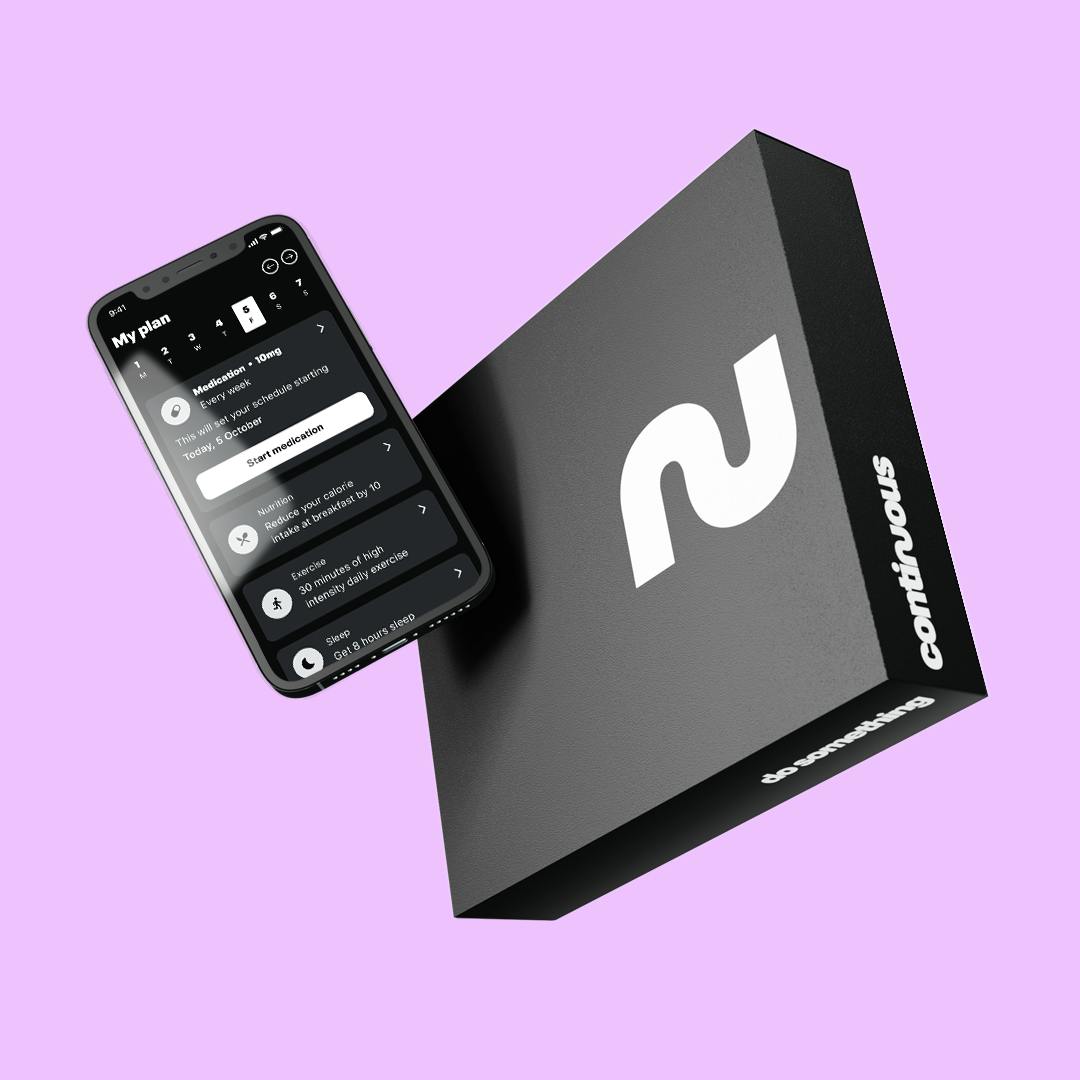Wegovy and Ozempic are brand names. On the surface, it might appear that they’re entirely different medications. But in fact, they contain the same drug, semaglutide.
So, what makes them different?
Let’s take a look.
What’s Ozempic?
Ozempic was approved in 2017 as a medication for type 2 diabetes. The prescription medicine should be administered by a pen injection once a week. Along with several inactive ingredients, each pre-filled pen contains semaglutide. This is the active ingredient that treats patients with type 2 diabetes.
Semaglutide mimics a naturally occurring hormone in the body called GLP-1. The hormone stimulates insulin secretion and lowers glucagon secretion.
Clinical trials have proven semaglutide is an effective treatment for adults with type 2 diabetes because it:
- Reduces blood sugar and A1C: Glycaemic control is a major challenge for people with type 2 diabetes. A1C stands for glycated haemoglobin. Essentially, when sugar enters the bloodstream, it attaches to a protein in your red blood cells, called haemoglobin. It’s normal to have sugar-coated haemoglobin in the body but when blood sugar levels are too high, your A1C measures are also likely to be high. The A1C test measures the percentage of red blood cells that have sugar-coated haemoglobin in the body. A normal range is below 5.7% and a measure of 6.5% or above indicates diabetes. A study that measured A1C levels in response to semaglutide found that the mean A1C measure decreased by 1.7% in response to the medication.
- Aids weight loss: Although Ozempic is not marketed for weight loss, it’s been acknowledged that people taking the medication often lose weight. This was demonstrated in a study that compared different diabetic medications. It found that those taking semaglutide lost significantly more weight than their counterparts.
- Lowers the risk of adverse cardiovascular events: A large study that spanned 104 weeks found the risk of a major adverse cardiovascular event was reduced by 26%, including a 39% decrease in the risk of a non-fatal stroke.
Common side effects of Ozempic include nausea, diarrhoea, abdominal pain, vomiting, and constipation.
In rarer cases, the medication may lead to the following:
- Pancreatitis
- Changes in vision in patients with diabetes
- Risk of low blood sugar (most likely in patients who are also taking other medications for type 2 diabetes)
- Allergic reactions
- Gallbladder problems
For a full list of side effects, always read the safety information sheet before use.
What’s Wegovy?
Following evidence that semaglutide leads to weight loss, Wegovy was introduced to the market. In 2021, the FDA approved Wegovy for the long-term use of weight management. The prescription medication is taken once a week via an injectable pre-filled pen with varying doses of semaglutide.
Wegovy makes healthy choices easier and should be taken alongside a reduced-calorie diet and active lifestyle. Semaglutide mimics a hormone that signals feelings of satiety, meaning you feel full quicker and for longer. Results from clinical trials showed that the medication improved eating control, reduced hunger, increased satiety, and reduced food cravings.
The benefits of taking semaglutide for weight loss have been established in a large 68-week clinical trial that found participants taking semaglutide lost an average of 15.3kg. This is compared to the placebo group which lost an average of 2.6kg.
A separate study wanted to measure the effects of maintaining the treatment versus discontinuing treatment after 20 weeks. During the 68-week trial, participants who continued treatment after week 20 lost 7.9% body weight. This is compared to participants who were switched to a placebo after 20 weeks and gained 6.9% body weight.
To be eligible to take Wegovy, you must meet one of the following criteria:
- You’re clinically obese (body mass index is equal to or greater than 30)
- You’re clinically overweight (body mass index is equal to or greater than 27) and you have a weight-related medical condition such as type 2 diabetes, high blood pressure, or high cholesterol
The most common side effects of Wegovy include:
- Nausea
- Diarrhoea
- Vomiting
- Stomach bug
- Constipation
- Headache
- Abdominal pain
- Tiredness
- Bloating
- Dizziness
- Gas
- Heartburn
More serious side effects include:
- Inflammation of the pancreas (pancreatitis)
- Gallbladder problems such as gallstones
- Risk of low blood sugar in patients with type 2 diabetes
- Allergic reactions
- Changes in vision in patients with type 2 diabetes
- Increased heart rate
What’s the difference between Wegovy and Ozempic?
Wegovy and Ozempic contain the same active ingredient, semaglutide, but they’re marketed to treat different conditions. Ozempic is licensed as a treatment for type 2 diabetes and has been in circulation since 2017. Wegovy is a much newer brand that’s licensed as a treatment for weight loss. The FDA approved the long-term use of Wegovy for weight management in 2021. NICE guidance also recommends the use of Wegovy in the UK for adults with obesity.
Essentially, Wegovy and Ozempic function in the exact same way and produce the same response in the body. There are a few differences including the dosage of the active ingredient, semaglutide, and the conditions that they’re marketed for.
The numan take
Ozempic is an injectable pen used to treat type 2 diabetes. It was approved in 2017. Wegovy is also an injectable pen but it’s prescribed for the purpose of weight management and was approved in 2021. Essentially, the two elicit the same response in the body as they contain the same active ingredient, semaglutide. Semaglutide mimics a hormone that’s naturally produced in the gut and it helps to stimulate insulin secretion, regulate glycogen levels, and increase feelings of satiety (fullness).







